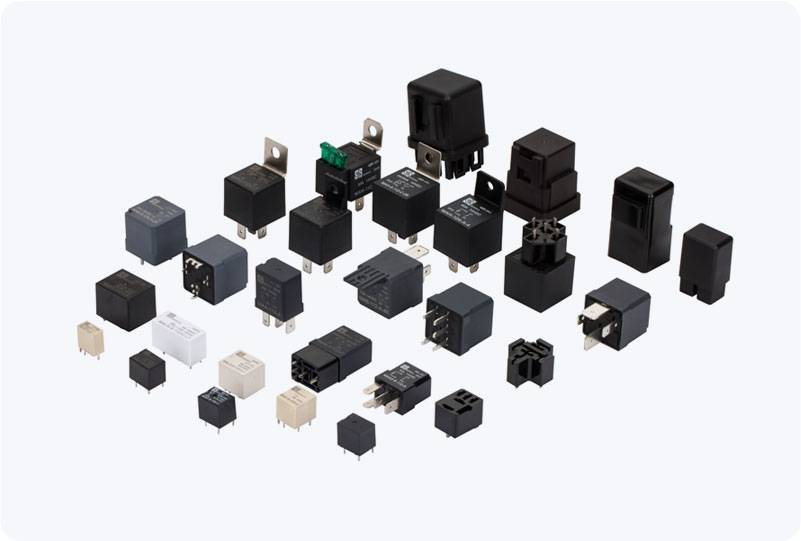Electric vehicles (EVs) have become increasingly popular in recent years due to their environmental benefits and advancements in battery technology. One of the essential components that ensure the smooth and safe operation of an EV’s battery system is the EV battery relay. This small but powerful device plays a critical role in controlling the flow of electricity between the EV battery and its various electrical systems. In this article, we will explore the importance of EV battery relays, their functions, and their significance in the overall safety and performance of electric vehicles.

What is an EV Battery Relay? An EV battery relay is an electrical switch used to manage the flow of power from the battery to the vehicle’s electrical systems. It is a crucial part of the battery management system (BMS) and is responsible for controlling when the battery is connected or disconnected from the rest of the EV’s powertrain. The relay ensures that the battery operates in a safe and efficient manner, preventing issues such as overcharging, overheating, or excessive current draw. Key Functions of EV Battery Relay 1. Battery Connection and Disconnection The primary function of an EV battery relay is to establish or break the electrical connection between the battery and the vehicle’s powertrain. When the vehicle is started, the relay connects the battery to the electric motor, enabling power flow. Conversely, when the vehicle is turned off, the relay disconnects the battery to prevent unnecessary discharge and power loss. This action also helps to conserve battery life when the vehicle is not in use.